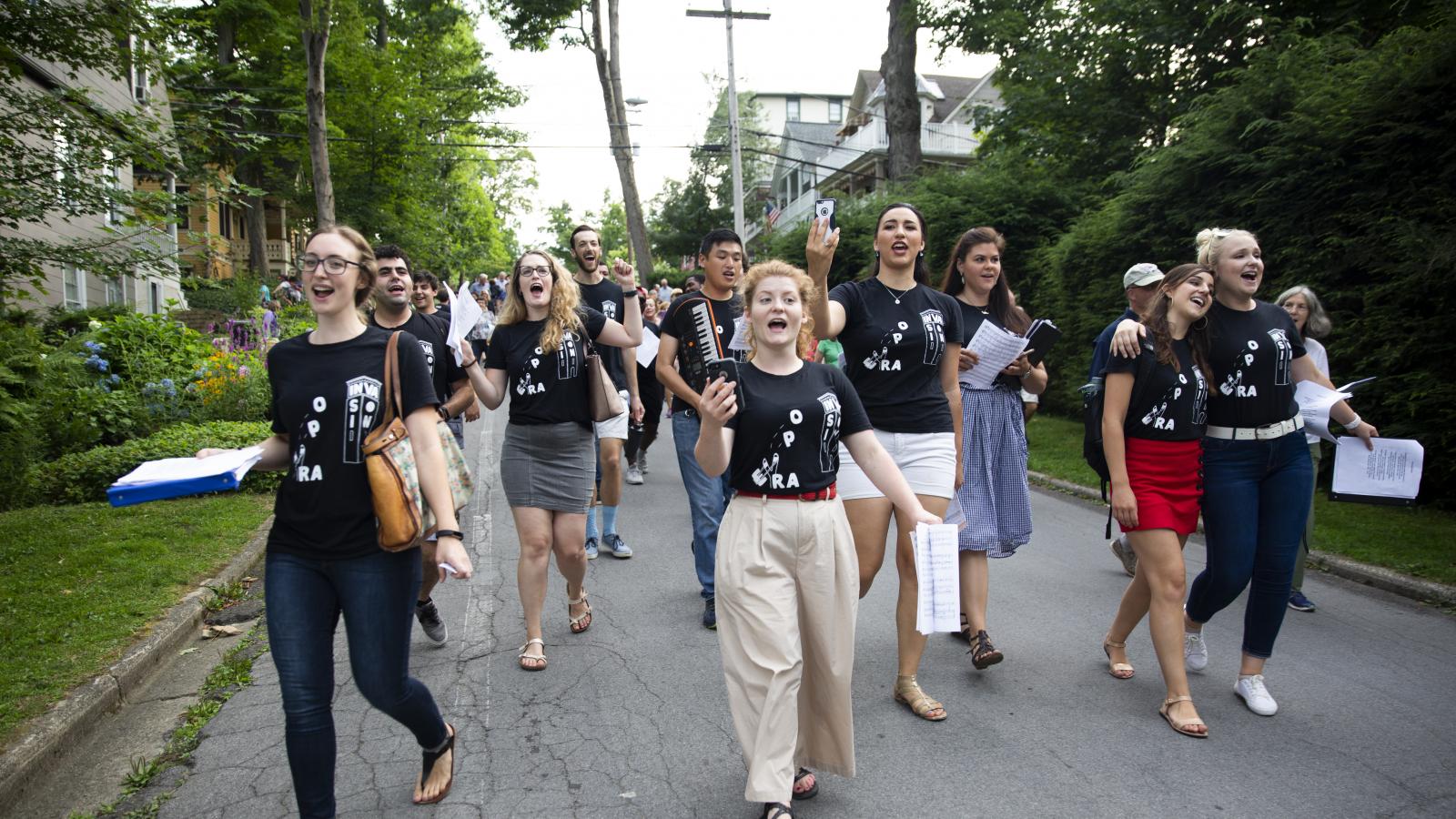Celebrating Women's History Month 2020

This August we’ll celebrate 100 years of women’s suffrage in the U.S.—a battle that was waged by women for roughly 80 years until the 19th Amendment was signed into law by Congress on August 26, 1920. It is this persistence that we celebrate each March, which is designated as Women’s History Month.
While the actual centennial is not for several months yet, I was happy to see that many National Endowment for the Arts grant applicants responded to our call for projects that celebrate the spirit and the sacrifice of women’s suffrage. For example, the Chautauqua Institution is marking this milestone by premiering new works by a woman composer during its week-long summer opera residency. A project at the Appalachian Artisan Center of Kentucky will offer metalworking and blacksmithing instruction to girls ages 12-14, while also teaching them about Appalachian culture. And Stanford University, working with a range of national and international partners, will commission a collective of African-American women artists to reimagine Scott Joplin’s lost work Treemonisha, the story of an African-American woman elected leader of her community because of her education.
So what does women’s suffrage have to do with the arts? A lot actually. While outwardly, the suffragist movement was about securing for women the right to vote, it was also about much more. It was about women demanding to be seen as individuals who were intelligent, decisive, and empowered to make their own decisions. It was about acknowledging the fact that women were more than capable of innovation, leadership, and imagination in arenas far beyond the walls of their home.
According to the National Endowment for the Arts report Artists and Other Cultural Workers, not only do women artists only earn 77¢ for every dollar that male artists do, but as women artists age, they earn progressively less than their male counterparts. The National Museum of Women in the Arts notes on their website that a data survey of the permanent collections of 18 prominent museums showed that out of over 10,000 artists, 87 percent were male. Per the annual VIDA count, which looks at literary writers and translators through an intersectional lens, only three of 15 major literary magazine and journals published 50 percent or more of women writers. Do you see where I’m going with this?
Women artists have been and continue to be engaged with a similar struggle as the suffragettes to be seen as capable and visionary, to have their work seen as collectible and viable on the commercial art market and to be seen as leaders not just followers of art movements. In other words, to not be seen as less than their male artist peers. It’s no surprise then that many arts organizations are choosing to celebrate the women’s suffrage centennial with projects that aren’t just about women, but by women. And though some of those projects might be delayed by the COVID-19 pandemic, I, for one, am excited to see them come to fruition and to celebrate the range of women’s voices and the depth of women’s experiences.
I cannot end this post without acknowledging the women who served as Arts Endowment Chairman before me: Nancy Hanks, Jane Alexander, and Jane Chu. I know I stand on their shoulders each and every day, and I am honored to continue their legacy of leadership and of service in the arts on behalf of each and every American.




